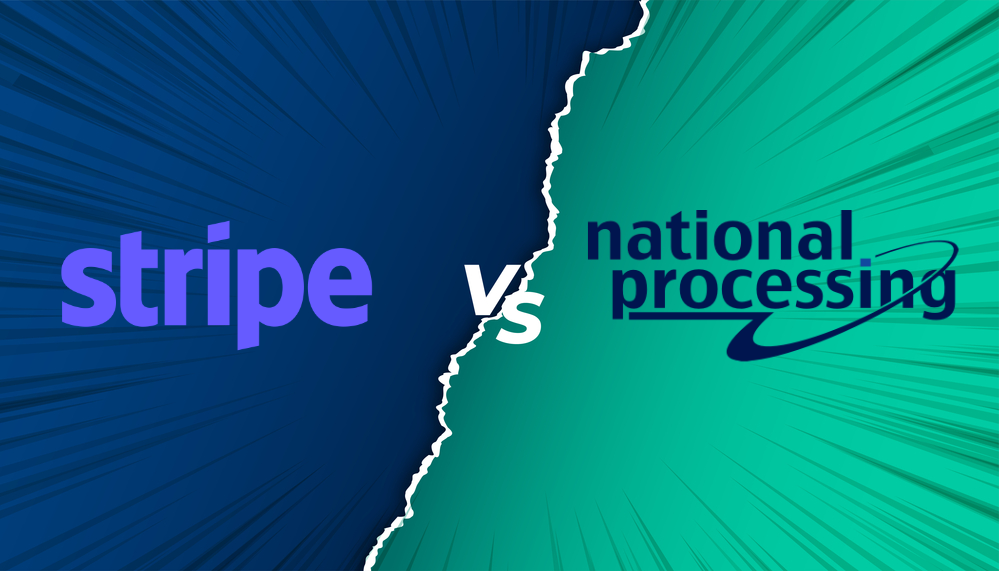Category: STRIPE
-
Stripe or National Processing: Which Payment Service Provider Is Best?
Your payment processor is the backbone of your financial transactions, and it can make or break your customer experience and bottom line. With so many options out there, it can be overwhelming to decide which one is the best fit for your unique needs. Two popular payment service providers are often juggled: Stripe and National…
Written by

-
StripeShutMeDown! How to Recover and Keep Your Business Running
You wake up one morning, excited to check your Stripe account and see the latest sales figures, only to find a gut-wrenching email stating that your account has been terminated. Panic sets in as you realize your primary payment processor is no longer available, putting your entire business at risk. Sound familiar? You’re not alone.…
Written by

-
Stripe Tokens, How to Migrate Them Before It’s Too Late
If you’re running a subscription-based business and using Stripe for payment processing, you’ve likely encountered Stripe Tokens. These tokens, also known as network tokens, represent encrypted customer payment data stored in a secure vault. While using Stripe Tokens for subscriptions may seem convenient, relying solely on them can put your business at risk. In this…
Written by

-
Maximizing Revenue Recovery for Failed Subscription Payments in GoHighLevel and Stripe
Subscription businesses inevitably face failed payments, which can lead to involuntary churn if not addressed. Here’s how to optimize your failed payment recovery process when using GoHighLevel as your CRM and Stripe as your payment gateway. AVOID SUBSCRIPTION CHURN Stripe’s Default Failed Payment Handling Stripe offers a built-in feature called “Smart Retries” that automatically retries…
Written by

-
Stripe Pros and Cons: Is It Worth It?
Stripe is a widely used payment platform, servicing both large and small businesses globally. But is it the right choice for all merchants? It depends on what you sell—and not only. Every online business is different, and with that comes varying needs. Let’s look at the pros and cons of Stripe, the types of businesses…
Written by
